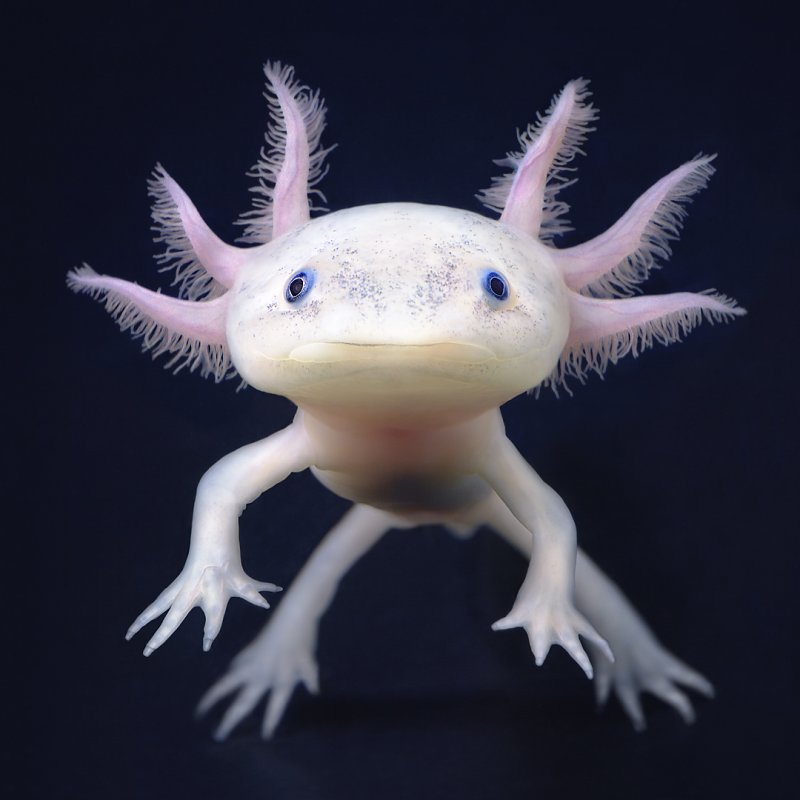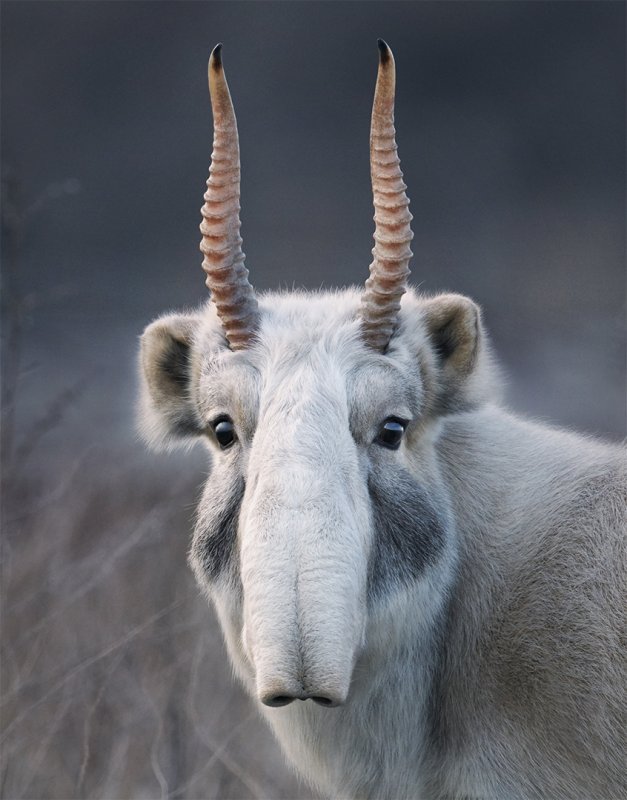Sociology alum Dr. Cameron Whitley receives prestigious NSF CAREER grant
October 24, 2023
This article was first published by Western Washington University here.
MSU Sociology PhD alumnus Dr. Cameron Whitley, now Associate Professor of Sociology at Western Washington University, believes in the old proverb that a picture is worth 1,000 words – and that a really good picture is worth far more.
But can a photo also help save an endangered habitat?

Through a new $529,741 grant through the National Science Foundation’s prestigious Early CAREER Program, Whitley is working with a national network of zoos and aquariums – and a famous wildlife photographer – to find out.
“In a nutshell, we are going to research how images can be better used in zoos and aquariums to provoke empathy and activate a desire by the viewer to change their behaviors to help animals and protect their habitats,” Whitley said.
Joining Whitley on the project will be renowned British conservation photographer Tim Flach, whose work has appeared in National Geographic magazine as well as his own books featuring animal portraiture. More specifically, Whitley will be working with Flach to identify imagery that may enhance an animal’s human qualities and then assessing how this affects viewers’ emotional response, a technique known as strategic or critical anthropomorphic animal imagery.
“Zoos and aquariums often spend so much of their time and money on habitat, animal care, and marketing … but less time and thought typically goes into understanding the impact of the words and images that are used in the contextual information at each exhibit,” Whitley said. “And that is where this research comes in. How can those touch points with visitors more directly impact the species being viewed, and make visitors not only care more, but actually act on that empathy? That’s what we want to find out.”
Whitley’s connection to Tim Flach came from his work with over the past decade with renowned Animal Studies scholar, Linda Kalof, Professor Emeritus in the Department of Sociology at Michigan State University.
“I was working as a research assistant on a project to assess the depictions of animals in National Geographic overtime. While I was on that project, Tim Flach contacted us. He was interested in how he could use social science research to create more emotionally engaged animal images.” Whitley said. “About five years ago, I was sent to give a talk for a National Geographic affiliated event in his studio and we made plans for future research.”
The ACE Network, Advancing Conservation Through Empathy for Wildlife Network is a key partner in the project. Headquartered at Seattle’s Woodland Park Zoo, the network will provide research sites to test animal imagery and associated text in zoos and aquariums across the country. The ACE Network is also eagerly awaiting Whitley’s data and conclusions.
“Woodland Park Zoo is looking forward to playing a significant role in rolling out this vital research. As an oasis of nature, the zoo can uniquely provide a living-world context and application for this research. We’ll be exploring the unique role that different techniques in animal imagery (e.g., wildlife photography or animal portraiture photography) can play in encouraging positive experiences and empathetic connections with animals, and the role different approaches in animal imagery can have in supporting or motivating conservation actions,” said Alejandro Grajal, president and CEO of the Woodland Park Zoo.
The first phase of Whitley’s research will involve enlisting upwards of 17,400 paid participants to complete online experiments to assess their emotional responses to different types of animal imagery. Whitley will take the information gleaned from the online experiments and work with ACE Network zoos and aquariums to do in person experiments where patrons will engage with different types of animal imagery and text in exhibits and then be surveyed to capture their emotional response. Data about donations will also be collected. Some images will be simply the image, alone, others will have explanatory text and captions as you would expect in an exhibit.
“This should yield some pretty fascinating data. How will viewers react to an animal portrait versus a beautiful image of that animal in the wild? And what about animals that don’t have ‘faces’ per se, like corals or sea stars? In the past, most of this work has focused on charismatic megafauna like bears and lions. We want to more past this into assessing imagery for less charismatic animals. This is what we are hoping to dig into,” Whitley said.
In the next phase, more online and in person experiments will be conducted to see if empathy can be activated and conservation behaviors can be engaged through target messaging about desired behaviors. This phase will also allow for a follow-up study on a subset of online and in person participants to see if they are engaging in the desired conservation behaviors at one and three months after viewing the exhibit.
Flach said he was excited to see the impact of the project on people who can make a massive difference in conservation efforts.
“As an animal photographer, I firmly believe that connecting people to nature is crucial for our future. I am excited about the partnership between WWU and ACE, which offers a unique opportunity to examine the kind of images that activate empathy and which have been proven to result in pro-environmental outcomes. I am confident that this partnership has the potential to make a huge contribution to conservation efforts,” said Flach.
Grajal agreed.
“The use of animal portraiture is less common than wildlife photography in zoo and aquarium spaces, so this will help the field understand what, if anything, is valuable in this more novel visual approach in relation to our mission of getting people to connect to wildlife and prioritize conservation," he said.
“Conservation organizations, including zoos and aquariums have not had the greatest track record for inclusivity” Whitley said. The last phase will be used assess who feels included or excluded from conservation communities and what can be done to enhance inclusion specifically through the use of imagery.
“We will conduct a nationally representative survey and then do targeted focus groups with underrepresented communities about perceptions of conservation, zoos, aquariums and what would make different groups feel more included. Whether it is people of color, members of the LGBTQ+ community, or those who are disabled, we want to get a better grasp on how they feel about these organizations and what we can do using our research to increase inclusion,” Whitley who previously worked as an ADEI, (accessibility, diversity, equity and inclusion specialist) said. “We want our work to be about both underrepresented animals and underrepresented humans.”
Crucial contributors: WWU sociology students
WWU sociology students will be crucial contributors to all phases of the effort, said Whitley; work in his lab at Western has already swung to full involvement in the project and undergrads are already engaged. Years 2 and 3 include stipends to pay graduate students for assistance, and plans are in place for Flach to do photography workshops on campus in the near future as well.Whitley said zoos and aquariums already do so much to assist in education and building connections between the public and the animals in their care, but this research can be the kind of multiplier they need to be even more impactful.
“If this work and this grant can be used to make the public more aware of how they can help in conservation efforts, address biodiversity loss, or to fight climate change, all the effort by myself and my students will be time well spent,” Whitley said.
To find out more about Whitley’s NSF CAREER grant or his research, contact him at whitlec@wwu.edu.



